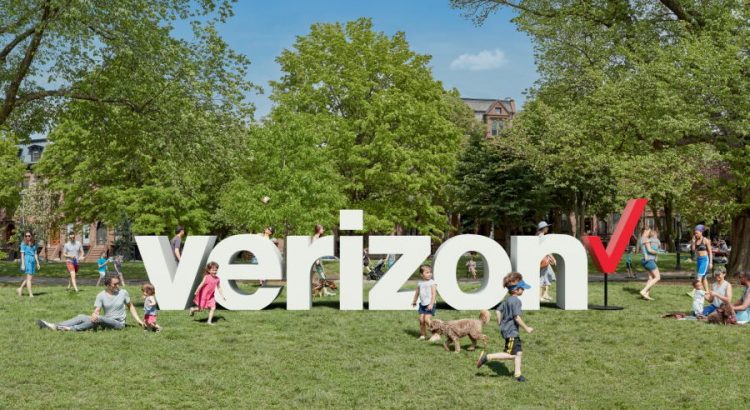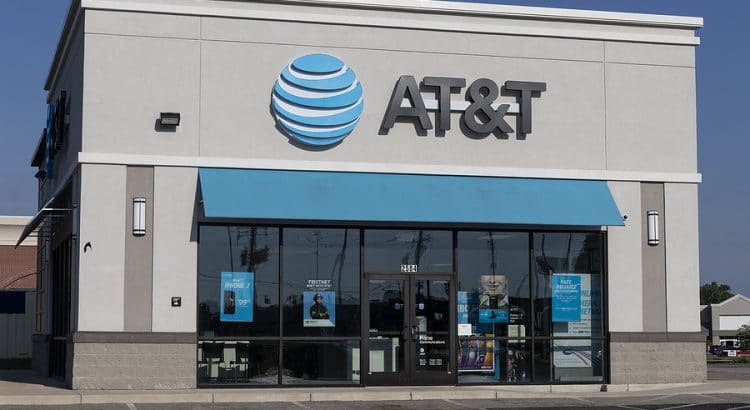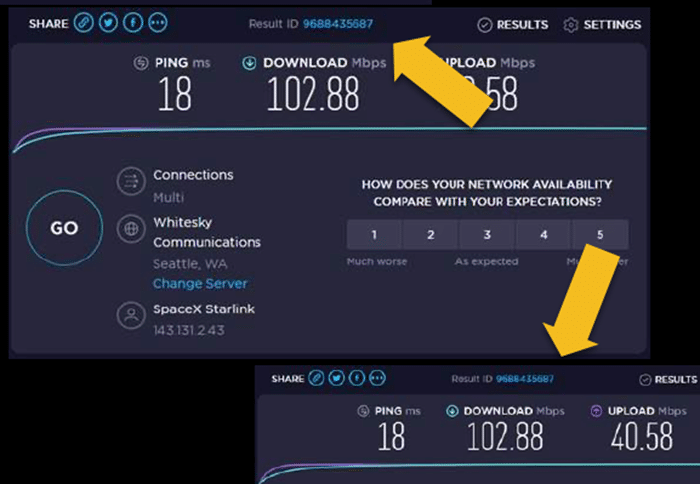On September 15, Hans Vestberg, Chairman & CEO of Verizon, had a public discussion with a Goldman Sachs analyst. A transcript of the conversation is available here.
One bit from the transcript stuck out to me:
Two interesting points here:
- Vestberg confirmed that unlimited plans dominate Verizon’s subscriber base. Since unlimited plans tend to be more expensive than metered plans, I expect the large majority of Verizon’s revenue from mobile subscriptions comes from unlimited plans.
- Vestberg referenced the no-longer-offered Above Unlimited and Beyond Unlimited plans. I think he meant to reference Verizon’s current, premium plans (Play More Unlimited, Do More Unlimited, and Get More Unlimited).













